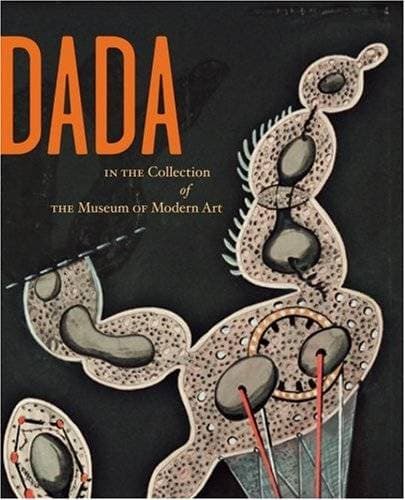Displaying the marvelous: Marcel Duchamp, Salvador Dali, and Surrealist exhibition installations
Surrealism in its late phase often abandoned neutral exhibition spaces in favor of environments that embodied subjective ideologies. These exhibitions offered startled viewers an early version of installation art before the form existed as such. In Displaying the Marvelous, Lewis Kachur explores this development by analyzing three elaborate Surrealist installations created between 1938 and 1942. The first two, the “Exposition Internationale du Surrealisme” (1938) and the “Dream of Venus” at the New York World's Fair (1939), dealt with the fetishization of the female body. The third, “First Papers of Surrealism” (1942), focused not on the figure but on the entire expanse of the exhibition space, thus contributing to the development of nonfigurative art in New York. Kachur presents a full visual and verbal reconstruction of each of the exhibitions, evoking the sequence that the contemporary viewer would have encountered. The book considers Marcel Duchamp and Salvador Dali, two artists who are not usually compared, within a common framework. Duchamp specialized in frustrating the spectator, using his ironic wit to call into question the definition of the work of art. Dali was a master at disorienting the senses by establishing and then undermining everyday spatial and object properties. The Surrealist challenge, as voiced by Andre Breton, was to evoke the marvelous. Duchamp and Dali extended that challenge to the physical and commercial realm of the exhibition installation.
Details
London
2003
259 pages
0262611821
Available on request
Yes
Yes
709.040 Sur
1
- Место встречи: Париж/ Meeting Place: Paris2011
- Символизм в изобразительном искусстве: Франция и Бельгия, 1870–19001994
- History of the Surrealist Movement2004
- Кубизм: художественный прорыв в Европе 1906–1926 / Kubismus: Ein kunstlerischer Aufbruch in Europa 1906–19262003
- Cubism2010
- Dada in the collection of the Museum of Modern Art2008
- Fauvism1996
- Surrealist Art2012
- Эстетизм2007
- Surrealism2004
- Inventing Futurism: The Art and Politics of Artificial Optimism2009
- The Bauhaus Idea and Bauhaus Politics1995












